Hi “My Running Doc!”
I recently read the book “Born to Run.” after reading it, I became intrigued and have decided to try some minimalist running shoes. However a lot of stuff that I read online says that might get injured if I run barefoot or in minimalist shoes.
As a little background, I am experienced marathon runner and have been running for decades. I have a neutral foot type and never had any serious running injuries.
Do you have any recommendations on how to safely choose minimalist running shoes so I can run with a more natural running form to convert to more of a minimalist style?
Thanks!
Peter
San Francisco, CA
Hello Peter,
Great question! There are a number of different types of minimal running shoes that you can choose from. But before you can make a reasonable choice on which you would be right for you you have to understand the basics of “minimalist shoes.”
I define a minimalist running shoe as one that has lightweight construction, minimal support and a decreased forefoot to rearfoot drop.
In case you’re not familiar with minimalist running shoe construction is important to point out that the “ forefoot to rearfoot drop” is the difference in height of the heel as compared to the forefoot. Standing barefoot is a 0° drop. A running shoe with a zero-degree drop is flat. Any shoe that has no more supporting material under the heel than under the forefoot will have a 0° drop.
A standard running shoe has a 12 mm drop. This means that there is 12 mm of material under the heel, lifting the heel up relative to the forefoot. Proponents of minimalist running argue that all this extra material under your heel is what forces you to land as a heel striker when you run in these type of running shoes.
I recently read the book “Born to Run.” after reading it, I became intrigued and have decided to try some minimalist running shoes. However a lot of stuff that I read online says that might get injured if I run barefoot or in minimalist shoes.
As a little background, I am experienced marathon runner and have been running for decades. I have a neutral foot type and never had any serious running injuries.
Do you have any recommendations on how to safely choose minimalist running shoes so I can run with a more natural running form to convert to more of a minimalist style?
Thanks!
Peter
San Francisco, CA
Hello Peter,
Great question! There are a number of different types of minimal running shoes that you can choose from. But before you can make a reasonable choice on which you would be right for you you have to understand the basics of “minimalist shoes.”
I define a minimalist running shoe as one that has lightweight construction, minimal support and a decreased forefoot to rearfoot drop.
In case you’re not familiar with minimalist running shoe construction is important to point out that the “ forefoot to rearfoot drop” is the difference in height of the heel as compared to the forefoot. Standing barefoot is a 0° drop. A running shoe with a zero-degree drop is flat. Any shoe that has no more supporting material under the heel than under the forefoot will have a 0° drop.
A standard running shoe has a 12 mm drop. This means that there is 12 mm of material under the heel, lifting the heel up relative to the forefoot. Proponents of minimalist running argue that all this extra material under your heel is what forces you to land as a heel striker when you run in these type of running shoes.

Vibram FiveFingers® are the shoes that many people think of when they hear about barefoot running. The argument for this type of shoe is that you get the most sensitive ground feel, and hence a running experience that is the most consistent with true barefoot running. However you are protected by a pliable rubber outsole. These shoes certainly fit the criteria of a minimalist shoe in that they have very little support, they’re very light weight and they have a zero-degree drop (meaning the heel is no higher than the toes.)
Given that most people are accustomed to walking and running in shoes that have a slightly elevated heel, they can at risk of injuries like Achilles tendinitis and even potentially stress fractures if they switch to rapidly to a barefoot running style.
Given that most people are accustomed to walking and running in shoes that have a slightly elevated heel, they can at risk of injuries like Achilles tendinitis and even potentially stress fractures if they switch to rapidly to a barefoot running style.
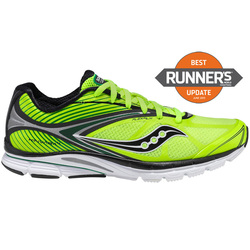
There are other shoes however which will help you learn how to run without the drastic change in forefoot to rearfoot drop. Another extremely popular minimalist running shoe is theSaucony Kinvara. The Kinvara has a 4mm drop, is very light (7.7 oz.) and is very supple. it allows a good ground feel and lends itself the natural running form however it still maintains a modest amount of support. It allows a bit of insurance in the sense that if reform starts to fall apart and you begin to convert into a heel striker you at least have some cushion to protect you.
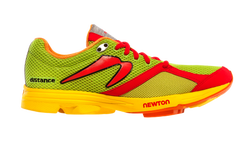
Another good option is Newton Running shoes. Newton’s are unique in that they have elastomeric lugs under the forefoot that help encourage you to land as more as a forefoot or midfoot striker. For a neutral runner like yourself, the Newton Gravity Trainer would be a good choice. It weighs 9.1 ounces and has a 3mm forefoot to rearfoot drop. Newton running shoes are designed specifically with the intent to help runners learn how to convert to more of a natural running style. In fact Danny Abshire, the founder of the company is also authored a book which helps teach runners to convert their running style away from heel striking to potentially more efficient stride.
I think Danny has the right approach. I myself run in Newton running shoes for speed workouts and for tempo runs.
However I also incorporate a couple of different kinds of running shoes based on the workouts that I am doing. I run in Kinvaras for some moderate runs. I also run a more of a typical cushioning type of running shoe when I do long runs, or any run where I expect that I might walk. Reason for this is simple. Most people it is spent their lives in elevated heel shoes can develop a tight Achilles tendon. Walking in shoes with a 0° drop can lead to Achilles tendinitis quite rapidly. As someone who trains continually and almost always has an Ironman on the schedule I can afford to develop any issues. I consider using multiple types of running shoes as cross training for my feet. I believe it decreases the risk of injury.
If barefoot running form is a new adventure I hope you will find it to be helpful in developing a more efficient stride and ultimately a more enjoyable running experience.
I think Danny has the right approach. I myself run in Newton running shoes for speed workouts and for tempo runs.
However I also incorporate a couple of different kinds of running shoes based on the workouts that I am doing. I run in Kinvaras for some moderate runs. I also run a more of a typical cushioning type of running shoe when I do long runs, or any run where I expect that I might walk. Reason for this is simple. Most people it is spent their lives in elevated heel shoes can develop a tight Achilles tendon. Walking in shoes with a 0° drop can lead to Achilles tendinitis quite rapidly. As someone who trains continually and almost always has an Ironman on the schedule I can afford to develop any issues. I consider using multiple types of running shoes as cross training for my feet. I believe it decreases the risk of injury.
If barefoot running form is a new adventure I hope you will find it to be helpful in developing a more efficient stride and ultimately a more enjoyable running experience.
Dr. Christopher Segler, DPM is board certified, American Board of Podiatric Medicine. He believes that the best medicine can be fast, convenient and low-cost treatment. His innovative housecall podiatry practice model helps to keep costs down for patient with making expert care more convenient than ever.
If you have a tight work schedule we can even see you in your own office. We often do house calls for executives so that they can be seen between meetings. When there is no time to waste, a house call is definitely the best treatment and just what the doctor ordered!
We offer house calls all over the Houston area, including the Galleria Area, West University, Bellaire, Southside Place, Downtown Houston, Midtown Houston, Uptown Houston, Memorial, Montrose, Houston Heights, and Washington Heights.
If you have a question about toenail fungus and wonder whether or not the laser fungus removal treatment might be right for you, you can call and speak directly with a toenail expert by calling 713-489-7674. And yes, you will actually get to speak with the doctor.
If you have a tight work schedule we can even see you in your own office. We often do house calls for executives so that they can be seen between meetings. When there is no time to waste, a house call is definitely the best treatment and just what the doctor ordered!
We offer house calls all over the Houston area, including the Galleria Area, West University, Bellaire, Southside Place, Downtown Houston, Midtown Houston, Uptown Houston, Memorial, Montrose, Houston Heights, and Washington Heights.
If you have a question about toenail fungus and wonder whether or not the laser fungus removal treatment might be right for you, you can call and speak directly with a toenail expert by calling 713-489-7674. And yes, you will actually get to speak with the doctor.
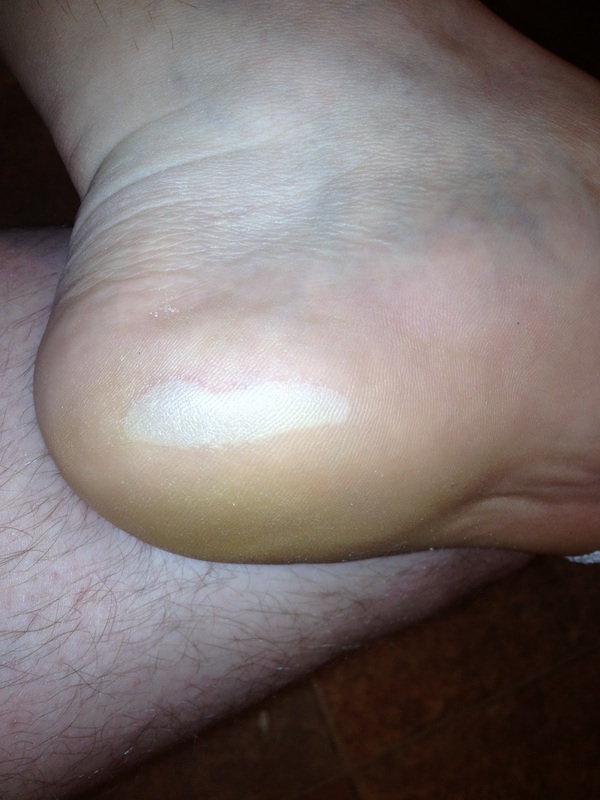
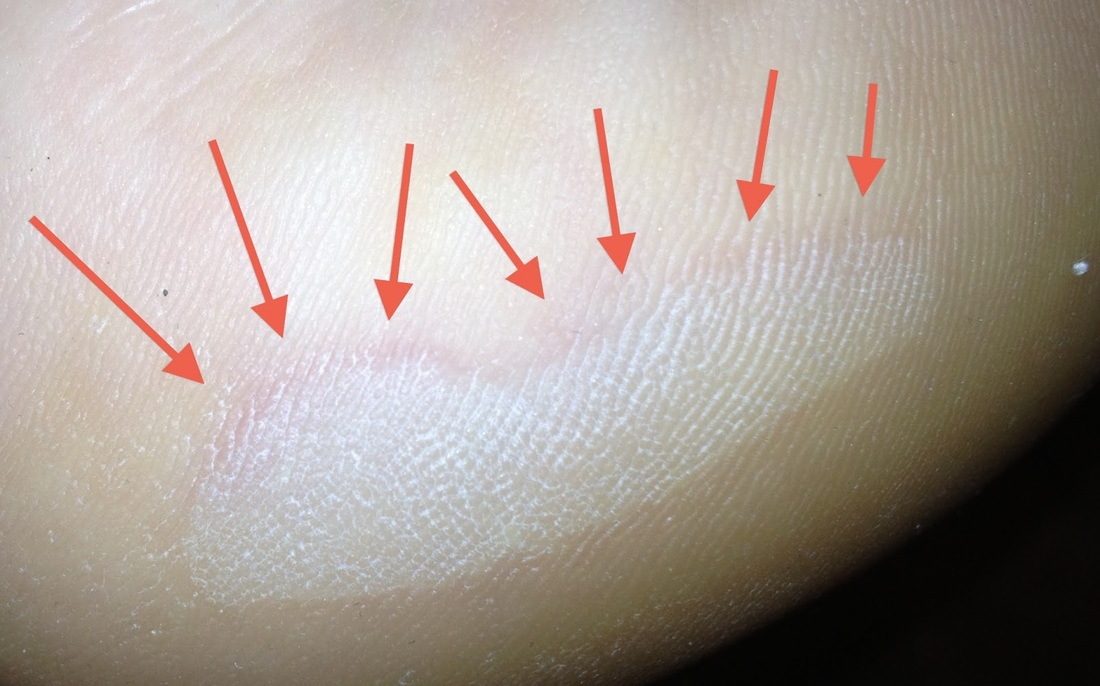
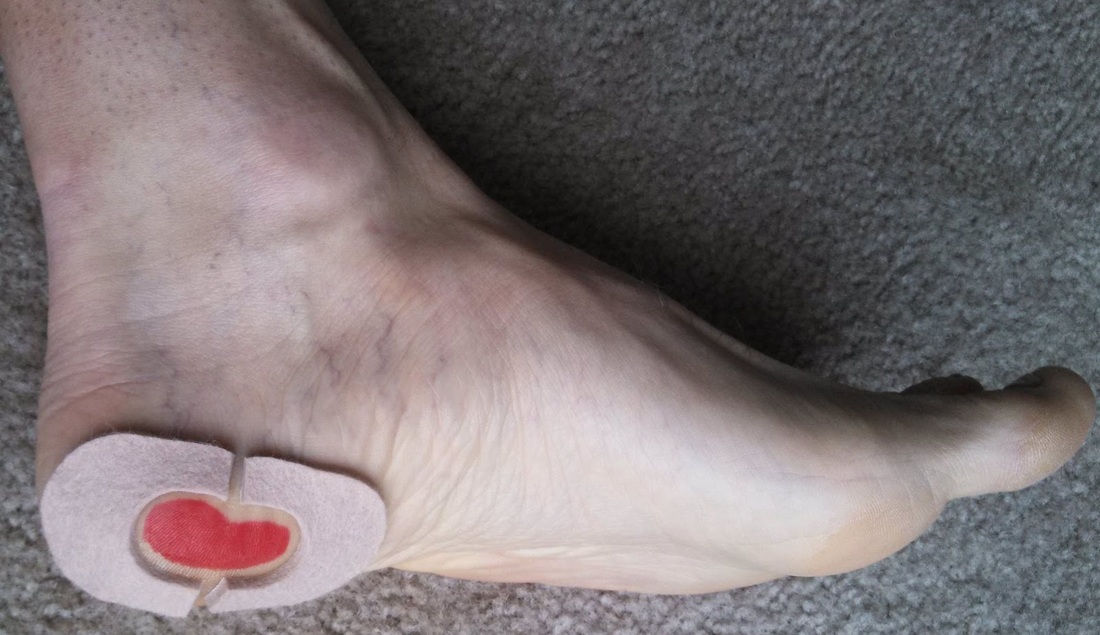
 RSS Feed
RSS Feed